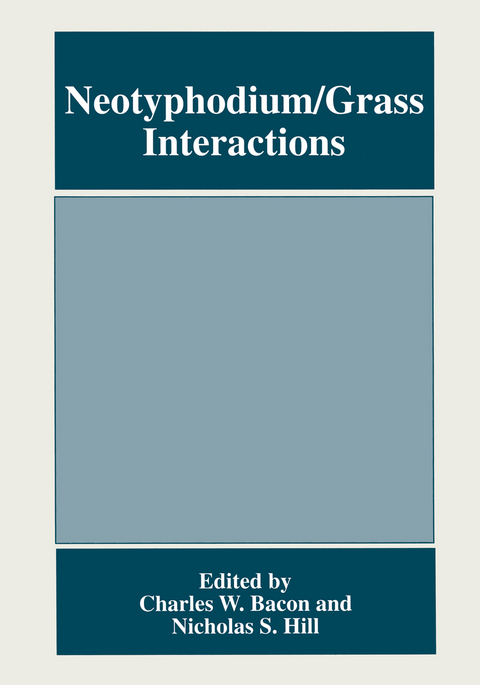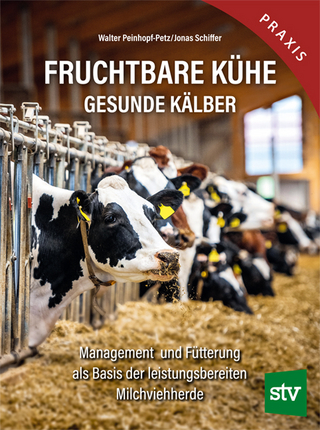
Neotyphodium/Grass Interactions
Springer-Verlag New York Inc.
978-1-4899-0273-3 (ISBN)
Endophytic fungi belonging to the Balansieae tribe were first hypothesized to cause poor livestock performance in 1977 and, in 1980, the association was validated. The fungi were extensively studied and classified according to morphology, their life cycles exam- ined to determine methods to eliminate the fungi in grasses, and practical methods devel- oped for livestock producers to eliminate endophyte-infected plants from pastures and establish endophyte-free plants. Hindsight illustrates how primitive was our understanding of the associations between endophyte, grass plant, and animal. The plant/endophyte asso- ciations, thought to be rare cases, have now been identified in grasses that are adapted from tropical to nearly arctic, and from marshland to desert climatic regimes.
In the two decades that have passed since the first endophyte-plant-animal associa- tion was made, the scientific community has re-classified the endophytic fungi twice (now the genus Neotyphodium), ~he systematics and ecological role of endophytes have been more clearly defined, endophytes and grasses are now generally accepted as mutualistic symbionts, the chemistry of toxins and their functions defined, beneficial effects of endo- phytes on plants identified, and commercial ventures have emerged based upon endophyte research in the turfgrass and livestock industries.
An Overview of Neotyphodium-Grass Interactions; G.C.M. Latch. Evolution and Systematics of Grass-Endophyte Associations: The Evolution of Mutualism in Grass-Endophyte Associations; H.H. Wilkinson, C.L. Schardl. Systematics of the Graminicolous Clavicipitacea: Applications of Morphological and Molecular Approaches; J.F. White. Ecological Interactions of Endophyte-Grass Associations: Ecological Diversity in Neotyphodium-Infected Grasses as Influenced by Host and Fungus Characteristics; A. Leuchtmann. Consequences of Endophyt-Infected Grasses on Plant; K. Clay. Soil Invertebrate Species Diversity and Abundance in Endophyte-Infected Tall Fescue Pastures; E.C. Bernard, et al. Commercial Uses of Endophyte-Infected Grasses: The Evaluation and Use of Endophytes for Pasture Improvement; L.R. Fletcher, H.S. Easton. Use of Natural and Transformed Endophytes for Turf Improvement; C.R. Funk, J.F. White. Animal Toxicoses: Fescue Toxicosis in Horses; D.L. Cross. Physiological Manifestations of Endophyte Toxicosis in Ruminant and Laboratory Species; J.W. Oliver. 6 Additional Chapters. Short Papers. Index.
| Zusatzinfo | XVII, 452 p. |
|---|---|
| Verlagsort | New York |
| Sprache | englisch |
| Maße | 178 x 254 mm |
| Themenwelt | Naturwissenschaften ► Biologie ► Zoologie |
| ISBN-10 | 1-4899-0273-2 / 1489902732 |
| ISBN-13 | 978-1-4899-0273-3 / 9781489902733 |
| Zustand | Neuware |
| Haben Sie eine Frage zum Produkt? |
aus dem Bereich


